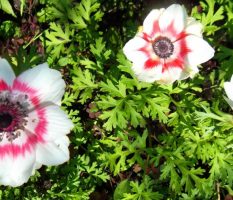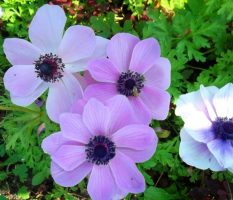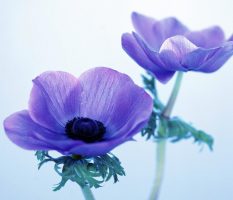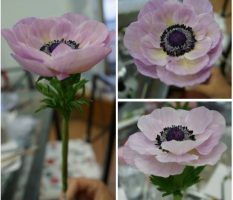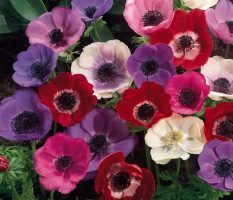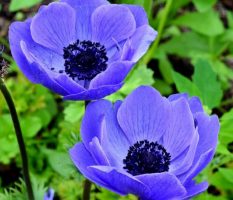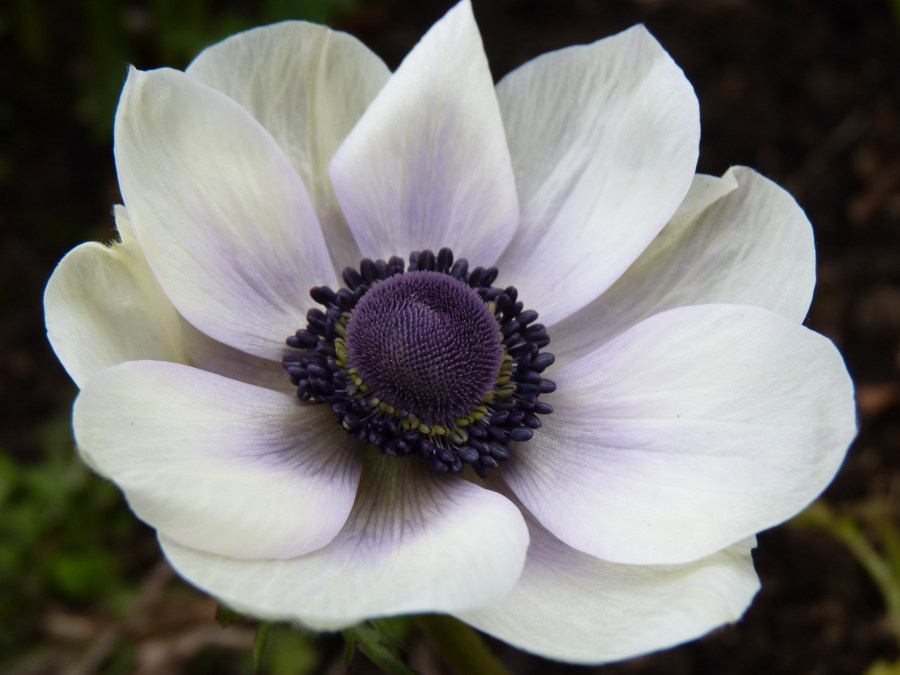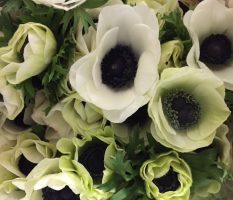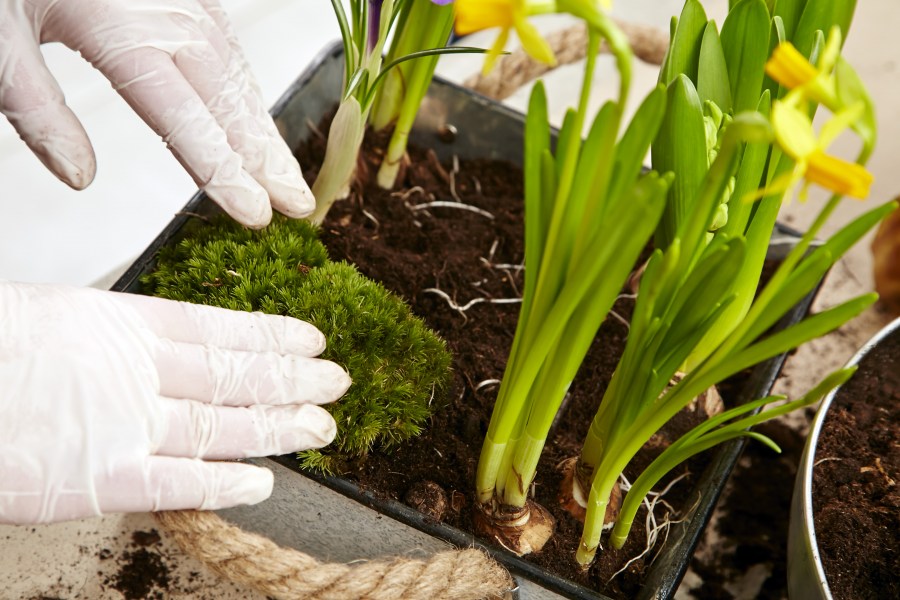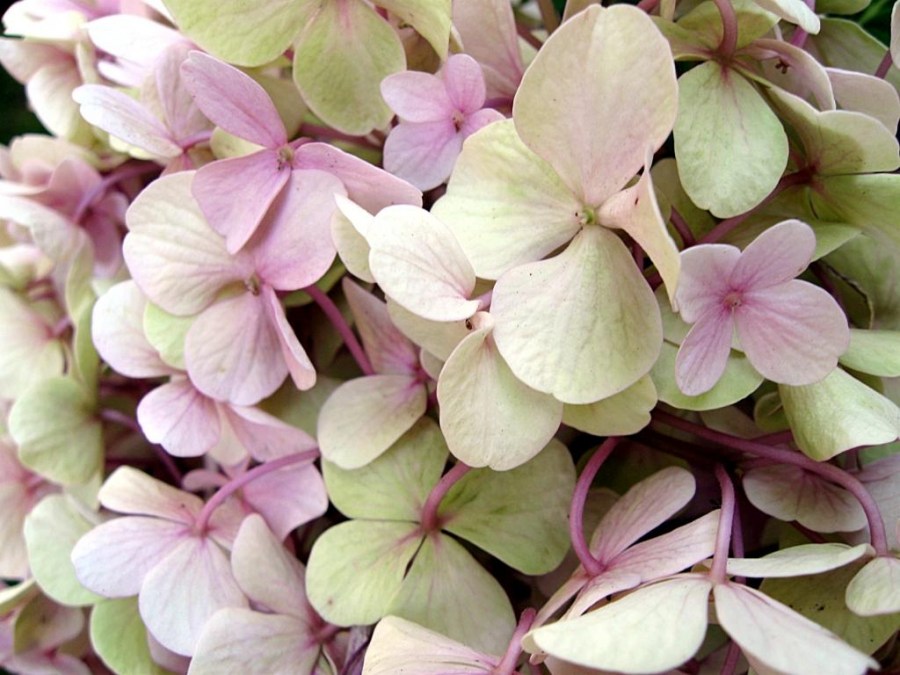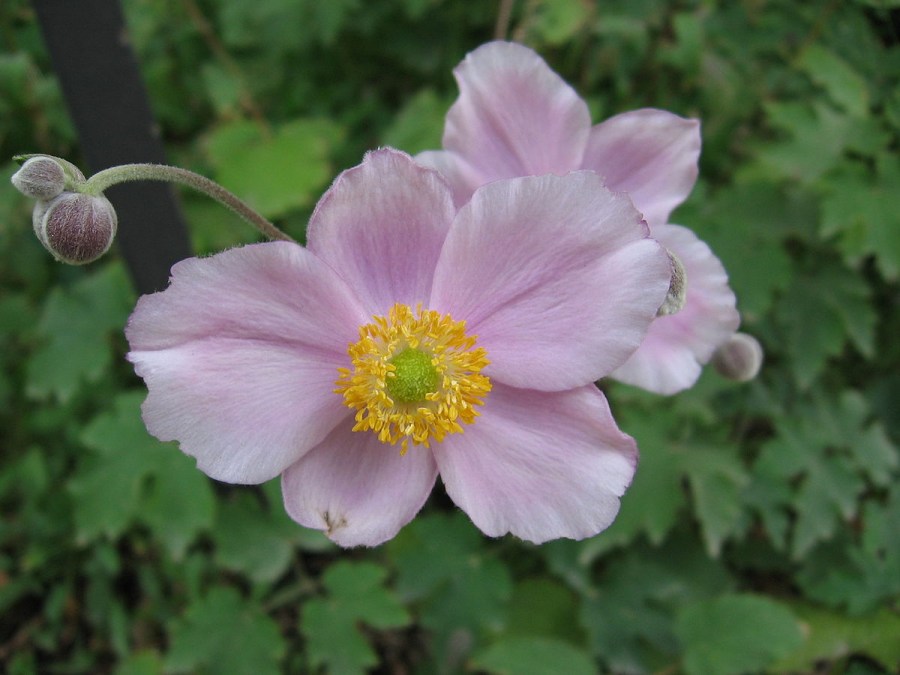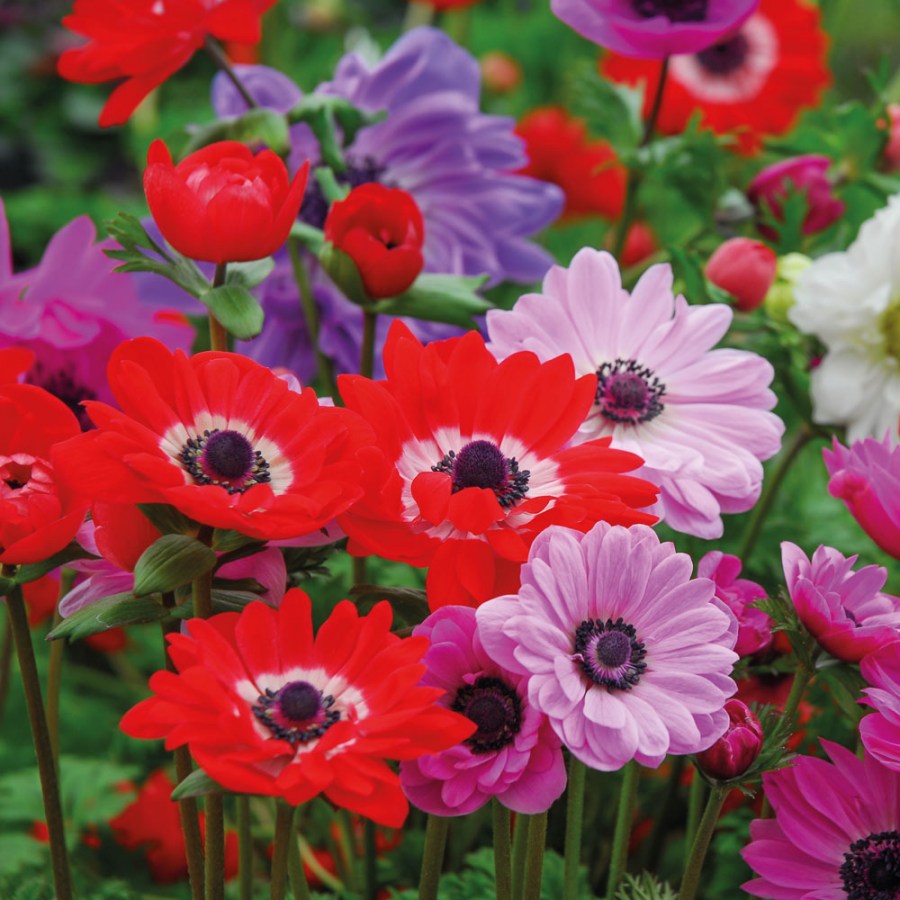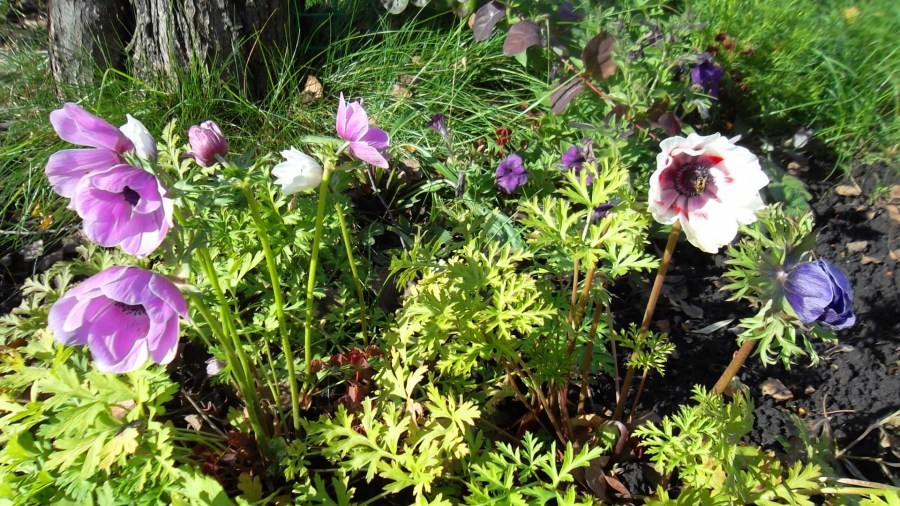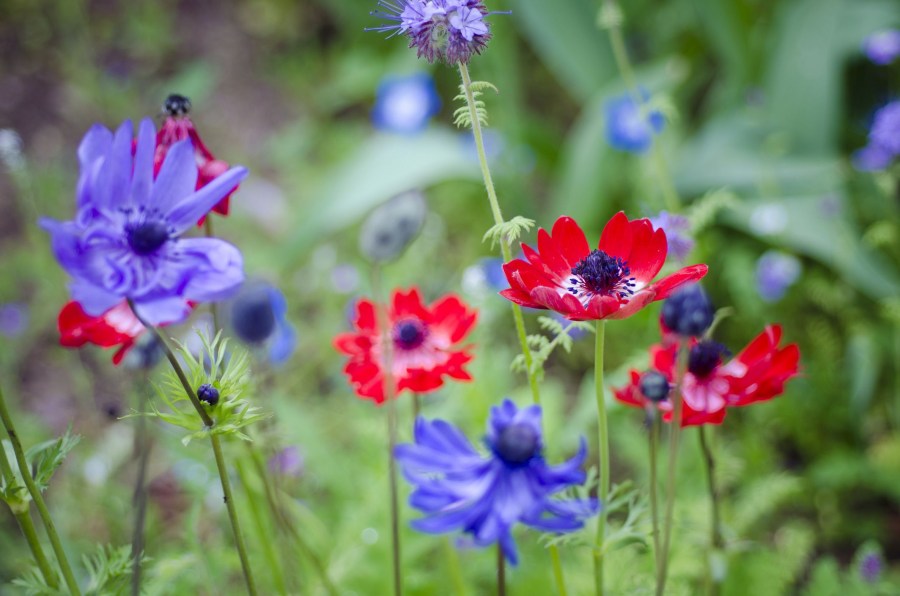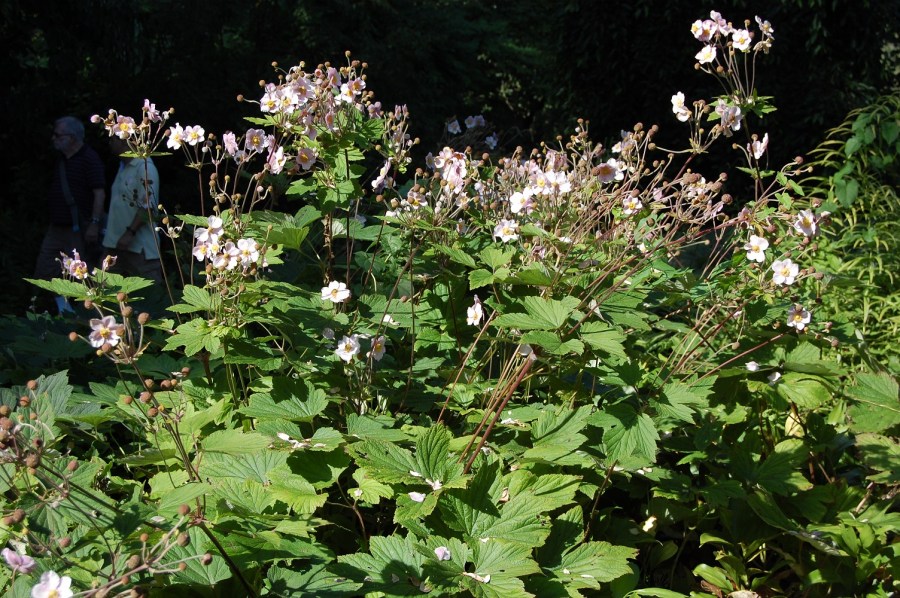Anemones are the secrets of growing and breeding. Recommendations for the care and landing in the open ground (140 photos)
If you want to see delicate flowers in your area, which at the slightest wind blows literally flutter, swaying on the stems, then the choice must definitely fall on anemones. Their other name is Anemone. A huge variety of shapes of buds and colors of anemone can satisfy any request. What kind of strange flowers are these?
It is worthwhile to examine in more detail the peculiarities of reproduction, planting and care, as well as find out what types of plants exist, how they can be used on your own site or interesting to play in bouquets.
Appearance and features
The anemone belongs to the perennial plants of the Lyutikov family and includes about 170 varieties, which is why it is difficult for an experienced gardener to recognize anemones in the photo. This diversity allows you to grow these flowers in a variety of climatic conditions.
Some species are unpretentious and do not require special care, others need a little more attention. And the thing is this: varieties with the usual cylindrical rhizome (buttercup and oak) grow under more difficult conditions, and varieties with tuberous roots (tender anemone, Apennine, Caucasian) grow in the Mediterranean and are used to getting a lot of light and heat.
The leaves of anemone can be of very different shapes, but more often complex, similar to parsley, go from the base on a long stalk, or be attached to the stem. Although, of course, it is not anemone leaves that bear decorative value at all, but its beautiful flowers.
Anemone blooms in spring or summer. During this period, inflorescences appear with single flowers, or with umbrellas from 2-9 on a high (about 50 cm) stem. Anemone flowers can have 5-6 petals, and can be double. Colors are also striking in their variety: from white and delicate pastel shades, to colorful, bright blue and red tones.
After flowering ends, nut-shaped seeds appear on the plant, but the method of propagation by seeds is not so popular, anemones are propagated more often by rhizomes or tubers.
Almost any kind of anemone can be successfully grown on its site, the main thing is proper agricultural technology.
Landing place
Anemones originating from forests (Altai, flexible, oak, shade, Amur, etc.) bloom in early spring, and by the beginning of summer they already stop growing. They are shade-loving plants and prefer moderate temperatures and places hidden from the sun.
Flowers will successfully decorate the northern house zone, will feel good under the canopy of spreading crowns of garden trees.
At partial shade, it is better to plant varieties growing in the forest glades of East Asia: anemone hybrid, forest, fork, Japanese. The east side of the house or garden is very good for planting.
In the shade of cherries and plums, anemone will also feel good. In addition to partial shade, these varieties require draft protection and well-moistened soil. The flowering period of this group is shifted to summer-autumn.
Light-loving species include anemones from the Mediterranean region. The landing site is the southern, well-lit parts of the garden. This group includes varieties: long-haired, tender, crown-crowned, Apennine, daffodil, Caucasian, etc.
Humidification of the soil should be moderate, since this group can easily cope with temporary drought, but does not tolerate stagnant waters.
The soil
Depending on the variety, the soil preferences of the anemones may vary.However, absolutely all anemones require a loose, well-fertilized soil with sufficient moisture. The most unpretentious plant is forest anemone, which can grow on soils with low fertility.
Some varieties of the Mediterranean group (crown anemone, Apennine, Caucasian), as well as varieties with tuberous roots grow better on alkaline soils (pH 7-8). To achieve this level of acidity, the soil is calcified or sprinkled with ash, while loosening the soil.
Other species prefer neutral and slightly acidic soil. But hybrid anemones, in addition to looseness of the soil, require its additional fertilizing with organic fertilizers (bird droppings or slaked manure), or the introduction of nitrogen, phosphorus fertilizers.
Landing
Anemones breed by rhizomes, tubers, and seeds. Pieces of rhizome with a kidney are placed to a depth of 5-10 cm with the kidney up, sprinkled with earth and well watered. The tubers are pre-soaked. To do this, they are wrapped for 6 hours in a cloth soaked in a solution of epin, and placed in polyethylene.
Then, it is determined which side the kidney is biting from and oriented with this side up. If in doubt, you can plant the bulb sideways. A little ash and humus are poured into a hole 12 cm deep, put onion and fall asleep with earth, then watered abundantly.
Seeds can be sown before winter in the ground, or sown in spring, previously stratified. The first shoots will appear in the third week, but the plant will bloom only after a few years. On open ground seedlings need to be covered.
The landing time of the anemone depends on its variety, but tubers are best planted in the spring, and parts of the rhizomes are planted a few weeks after flowering, in the summer, in June-July.
Care and breeding
Like all flowers, anemones need sufficient hydration, top dressing and proper wintering.
The optimum level of humidity is one of the main conditions for a successful vegetation of a plant. With insufficient watering, it does not give abundant growth and flowering, and with excessive watering there is a risk of rotting of the roots and death of anemone. So that this parameter is always normal, the soil is well drained, planting in lowlands and places of accumulation of standing water is avoided.
It will be beneficial to mulch the soil with peat, fallen leaves of apple, oak or maple. Watering is carried out in the spring after planting - once a week, in hot summer - every day in the morning or in the evening, the rest of the time it does not need additional watering.
A good option for feeding is the introduction of various liquid organic fertilizers in the active flowering phase. When growing anemones for bouquets, flowers are fed with the appearance of buds with mineral complex fertilizers.
Anemones are quite resistant to diseases and parasites. The only serious enemy of the plant is the leaf nematode. When this pest is damaged, the plant dies, and at the place of landing it is necessary to destroy the soil. Other parasites are not so dangerous: spraying with metaldehyde helps from snails and slugs.
Another important care item is weed removal and soil loosening.
Caring for flowers in the open field requires proper preparation for the winter period. Anemones with cylindrical rhizomes can not be dug up, it is enough to cut the foliage and cover the site with fallen leaves, stale manure and compost or spruce branches. Bulbous anemones are better to dig out. Then dry the tubers and store in boxes with peat in a cool room until planting.
As mentioned above, anemone propagates by tubers, rhizomes, seeds and division of the bush. The first three methods are described in the landing section. It is worth adding that seed propagation is the worst option: seedlings are weak, bloom only in the third year, and do not winter well.
For anemones with a common root, the best option for reproduction is dividing the bush. In early spring, the bush is divided into parts, each of which must have at least three buds and a root segment. A divlena placed in good soil takes root quite quickly and successfully.
On the flowerbed and in the bouquet
The new trend of this season is a wedding bouquet of white anemone. In the language of flowers, such a bouquet means sincerity, joy and hope for the best.
A bouquet of anemone can be made only of them, and can be combined with other flowers. The most successful partners: roses, peonies, wild grapes, lilacs, ranunculi.
On the flowerbed, different types of anemones combine well with gladioli, asters, chrysanthemums, primulas. The Japanese anemone gets along well with peonies and can be a wonderful decoration of the house territory.
Photo Anemone
Floor in a wooden house - 120 photos of the best ideas. DIY instructions
Rope ladder - 60 photos of ideas for wells, trees and rescue options
Interior doors for a private house - 125 photos of modern design
Do-it-yourself site improvement: photos, instructions, workshops, recommendations from the pros!
Join the discussion:













